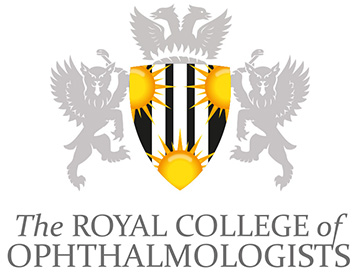National Ophthalmology Database Audit annual report shows a 30% reduction in unadjusted Posterior Capsule Rupture rates
10 August 2018
The second prospective National Ophthalmology Database (NOD) Audit report on cataract surgery performed in England and Wales during the 2016 to 2017 audit year has been published.
The report, which includes data on 183,812 eligible cataract operations, shows a 30% reduction in the unadjusted Posterior Capsule Rupture (PCR)* rate from 2.0% in 2010 to 1.4% in 2016-2017 which equates to around 2,500 less complications annually.
Data was collected from operations undertaken between 1 September 2016 and 31 August 2017 by 83 NHS cataract surgical centres in England and Wales. For the first time, an independent provider of NHS cataract surgery is included in the report.
The full audit report and the key findings summary are available for download from the publications section of the NOD audit website. Outcomes of individual centres and consultant surgeons are also available on the NOD audit website.
The National Ophthalmology Database Audit is delivered by The Royal College of Ophthalmologists and commissioned by the Healthcare Quality Improvement Partnership (HQIP) as part of the National Clinical Audit and Patient Outcomes programme (NCAPOP).
For more information about the audit, please visit www.nodaudit.org.uk. If you have any questions, please contact noa.project@rcophth.ac.uk
*Footnote: Posterior Capsular Rupture (PCR) refers to a breach of the normal barrier between the front and back parts of the eye. PCR can arise as a complication of cataract surgery and may allow vitreous (a transparent substance with the consistency of egg-white which occupies the space inside the eye behind the lens) to move forward into the front part of the eye. Also included here are occurrences of vitreous entering the front part of the eye as a result of a breach of the fibres (zonules) which normally hold the cataract in position. When PCR occurs it increases the risk of loss of vision after surgery.
An unadjusted PCR rate is the percentage of operations with PCR without adjusting for the complexity of the operation, for example, the patients age and gender or other eye diseases.
